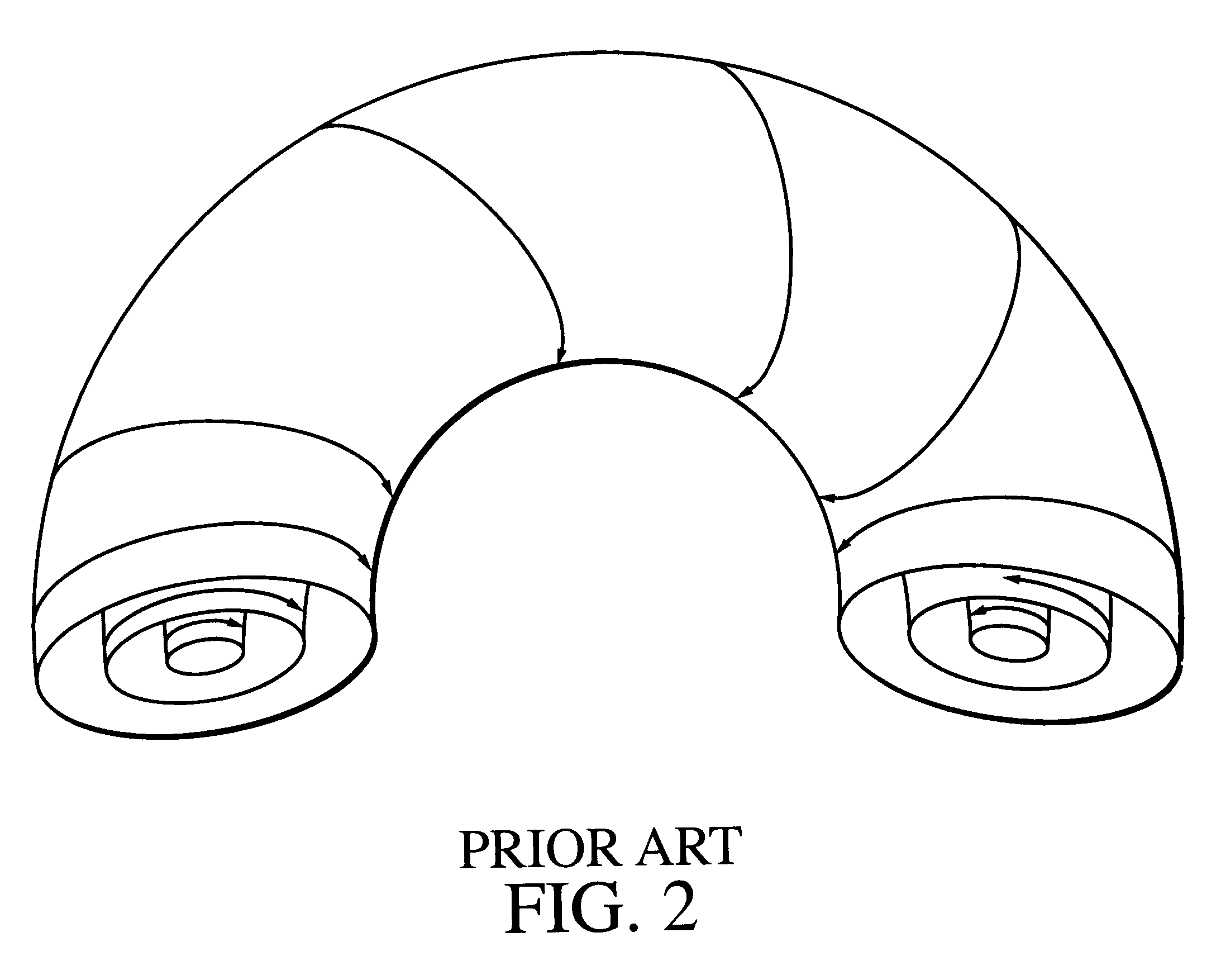System and method of a ballistic capture transfer to L4, L5
a technology of ballistic capture and transfer system, applied in the field of space travel, can solve the problems of invalidating the original eigenfunction used to generate the long range behavior of these systems cannot be predicted, and the drawback of the set of perturbed eigenfunctions, so as to reduce the requirement of propellant for lunar missions, reduce the requirement of propellant, and facilitate the effect of fuel or propellant us
- Summary
- Abstract
- Description
- Claims
- Application Information
AI Technical Summary
Benefits of technology
Problems solved by technology
Method used
Image
Examples
Embodiment Construction
In accordance with the principles of the present invention, a technique for transferring an object such as a spacecraft or space station to one of the stable Lagrange points is presented herein. Advantageously, the technique of the present invention may be used to transfer an object to an equilateral Lagrange point such as L4 or L5 in a fuel and cost efficient manner. To accomplish such a task, a transfer system not substantially dependent on significant thrusting or propelling forces, and to the contrary has a relatively low propellant requirement, is presented. In addition, the technique of the present invention is implemented with consideration of more than two heavenly bodies on an onboard computer system or in a remotely located central controlling area. To this end, the present invention makes use of a modified weak stability boundary transfer with parameters sufficient to transfer the spacecraft from a first heavenly object or a first heavenly object orbit to a vicinity of a ...
PUM
 Login to View More
Login to View More Abstract
Description
Claims
Application Information
 Login to View More
Login to View More - R&D
- Intellectual Property
- Life Sciences
- Materials
- Tech Scout
- Unparalleled Data Quality
- Higher Quality Content
- 60% Fewer Hallucinations
Browse by: Latest US Patents, China's latest patents, Technical Efficacy Thesaurus, Application Domain, Technology Topic, Popular Technical Reports.
© 2025 PatSnap. All rights reserved.Legal|Privacy policy|Modern Slavery Act Transparency Statement|Sitemap|About US| Contact US: help@patsnap.com



